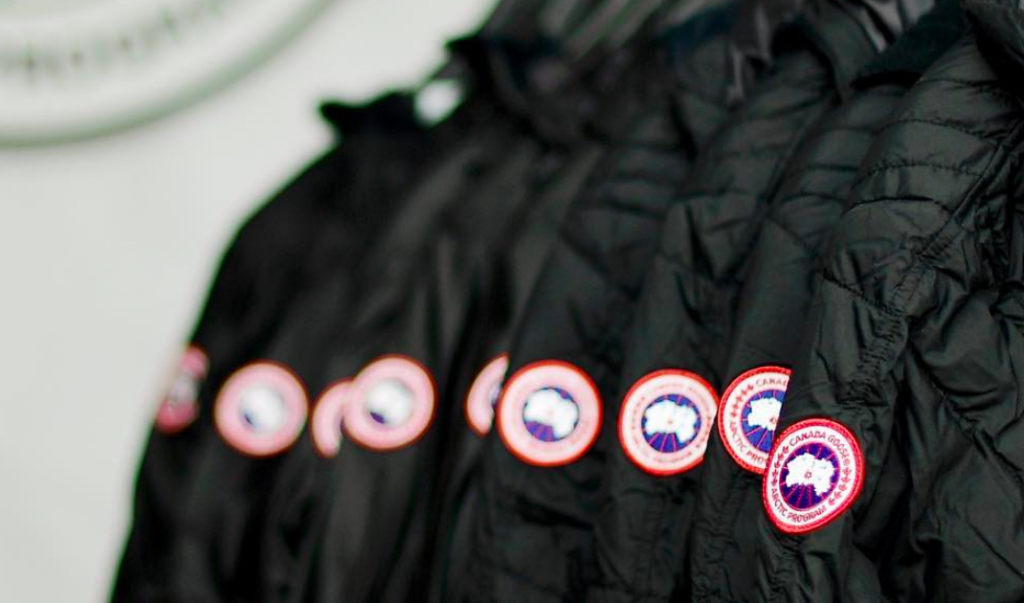Driven by oversized growth in its direct-to-consumer (DTC) channel and its ability to drive premium pricing, Canada Goose Holdings Inc. reported third-quarter results that easily eclipsed Wall Street’s consensus estimates.
In the quarter ended December 31, net earnings jumped 61.0 percent to $62.9 million, or 56 cents a share, from $39.1 million, or 38 cents, a year ago.
Excluding non-recurring items largely related to its March 2017 IPO and foreign exchange impacts, adjusted net income rose 43.8 percent to $64.6 million, or 58 cents, from $44.9 million, or 44 cents.
Revenues climbed 27.2 percent to $209.1 million.
Wall Street’s consensus target was 36 cents a share in adjusted earnings on sales of $188 million.
Wholesale revenue slid 2.0 percent to $134.2 million. In its first half, Canada Goose shipped approximately $18 million of customer orders that were originally planned for the third quarter based on the order book, which was enabled by efficiency in manufacturing and sales planning to allow it to accelerate its shipment timing in response to requests from retail partners approaching their peak selling season. This was partially offset by strong demand in the wholesale channel.
Direct-to-consumer (DTC) revenue jumped 82.8 percent to $131.6 million The increase was primarily driven by incremental revenue from four new company operated retail stores and additional seven new e-commerce sites which opened in the current fiscal year. The company continues to see “continued strong performances” at its existing e-commerce sites and retail stores.
Gross margins improved to 63.6 percent compared to 57.5 percent in the same period a year ago.
Wholesale gross margins lifted to 51.0 percent from 47.8 percent due to a greater proportion of wholesale revenue from higher margin parkas within its fall and winter line and lower material costs.
DTC gross margin was up slightly to 76.4 percent from 76.1 percent. Lower material costs have a less significant impact on gross margin in Canada Goose’s DTC as a result of higher selling prices.
SG&A expenses climbed 23.9 percent to $76.8 million, driven by employee headcount increases and operational and selling expenditures to support the growth of its DTC channel. Due to the sales growth, SG&A as a percent of sales shrunk to 28.9 percent from 29.7 percent
Adjusted EBITDA improved 43.2 percent to $94.7 million.
“In our peak selling season, we delivered strong performance across geographies, channels and categories this quarter, reflecting the continued demand for the Canada Goose brand around the world. Year to date, we added e-commerce sites in seven new markets, opened five new stores across three continents, including our partner operated store in Tokyo, and we successfully added more than 700 employees. As we look ahead, we continue to build deeper relationships with our fans and bring new people into the world of Canada Goose,” stated Dani Reiss, president and CEO.
Despite the strong performance, shares of Canada Goose fell $6.33, or 16.6 percent, Thursday to $31.79. Analysts said the stock may have been hurt because Canada Goose did not update its annual forecast for the year and also appointed a new CFO.
Photo courtesy Canada Goose
















